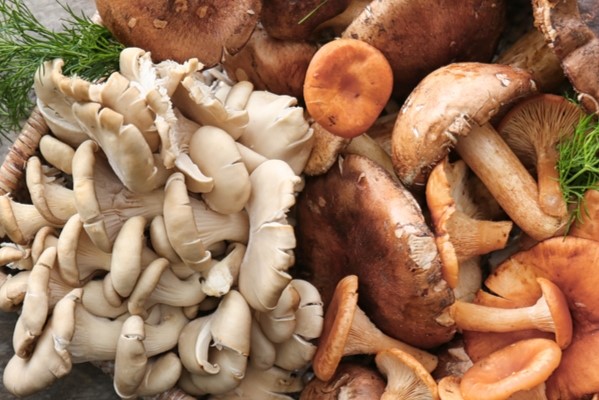
Poison mushroom poisoning: what to do? How does poisoning manifest itself?
Poisonous mushroom poisoning: although mushrooms are not only eaten in the autumn, but are eaten all year round, the months after the summer months certainly see an increase in the availability of this “fruit of the earth” and the inevitable cases of poisoning
Every year, unfortunately, there is no shortage of mushroom poisonings requiring the intervention of specialists at the Poison Control Centre.
The symptoms are varied and depend on the species consumed.
In the most serious cases, the liver may be irreparably damaged and a transplant may be the only solution.
For greater food safety, mushroom consumers should take precautions when buying mushrooms (compare only those with the mycological control tag), transporting them (no plastic bags), preparing and eating them.
In the case of harvested mushrooms, however, it is important to have them checked by a mycologist.
One of the golden rules is not to improvise as an expert and to always ask a professional mycologist to check your harvest.
This is also because in some cases toxic species really are “doubles” of harmless ones and it takes a trained eye to recognise them.
Mushrooms, myths to dispel: it is not true that…
- All mushrooms growing on trees are edible.
- They are good if they have been eaten by parasites.
- They become poisonous if they have grown near rusty irons.
- They are all poisonous if they change colour when cut.
- Poisonousness is given by appearance.
10 golden rules to avoid intoxication:
- Eat only mushrooms checked by a mycologist.
- Consume moderate quantities.
- Do not give them to children.
- Do not eat them during pregnancy.
- Only eat them if they are perfectly preserved.
- Eat them well cooked and chew them properly.
- Blanch before freezing and consume within 6 months.
- Do not eat them if they are picked along roads or near industrial centres or cultivated areas.
- Do not give them as gifts if they have been picked and not checked.
- Beware of mushrooms in oil: botulinum toxin can develop.
What to do in case of intoxication
If you become ill after ingesting unchecked mushrooms, do not attempt to treat yourself but go to the emergency room, taking all cooked and raw mushroom residues and cleaning remains with you.
If other people have eaten the same mushrooms, contact them immediately and send them to the emergency room.
There is no antidote to neutralise the deadly mushroom toxins, but they must be removed from the body as soon as possible by gastric lavage and the administration of powdered charcoal, as well as intravenous fluid infusion, which is necessary to balance the loss of water and mineral salts caused by repeated episodes of vomiting and diarrhoea.
How poisoning from inedible mushrooms manifests itself
The clinical manifestations are sometimes blurred and escape medical control because they are mistaken by the patient, but sometimes also by the treating physician, for flu-like gastroenteric syndromes.
Often more than one commensal is involved in intoxication and, depending on the onset of symptoms, one can distinguish between short latency symptoms, which occur between 30 minutes and 6 hours after ingestion, and long latency symptoms, between 6 and 20 hours.
In the case of ingestion of several fungal species, the time of onset of symptoms is obviously not significant: a species with a short latency masks one with a long latency.
Short latency syndromes are:
– gastrointestinal syndromes (nausea, vomiting, diarrhoea, abdominal pain, dehydration)
– pantherin syndrome (drowsiness, agitation, disorientation, convulsions)
– muscarinic syndrome (sweating, lacrimation, hypotension, breathing difficulties)
– psychotropic syndrome (hallucinations)
– coprine syndrome (in association with alcohol: skin reddening, agitation, hypotension)
– paxillic syndrome (from repeated ingestion, haemolytic anaemia)
– nephrotoxic syndrome (transient renal failure)
Syndromes with a later onset usually characterise the most dangerous intoxications
They target the liver, and in the most serious cases can lead to very serious damage, so much so that sometimes the only remedy is a life-saving transplant. In particular they are:
– Phalloid syndrome (repeated episodes of vomiting and diarrhoea, acute hepatitis with possible need for transplantation. It is potentially fatal)
– orellan syndrome (kidney failure requiring dialysis or transplantation)
– Jromitric syndrome (drowsiness, agitation, convulsions, muscle contractions, haemolytic anaemia, hepatorenal damage).
In short, mushrooms are not to be trifled with, and the only right moves to make the most of them are prudence and knowledge.
Read Also:
Insect Bites And Animal Bites: Treating And Recognising Signs And Symptoms In The Patient
Wasps, Bees, Horseflies And Jellyfish: What To Do If You Get Stung Or Bitten?



